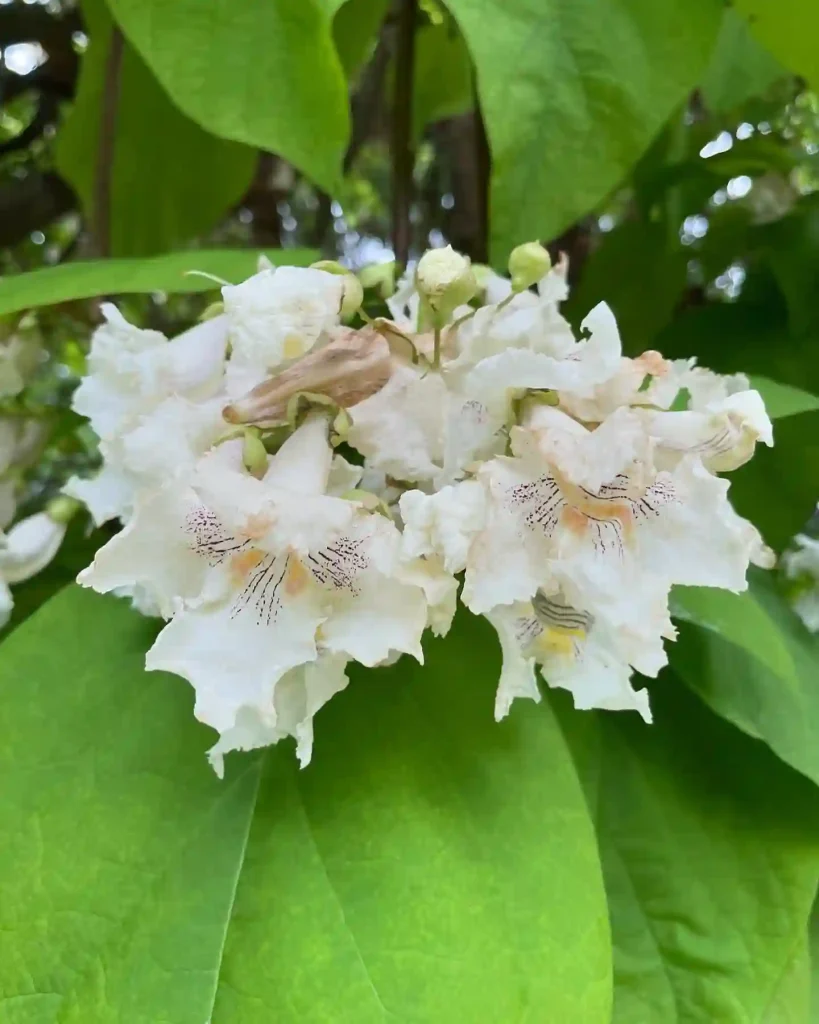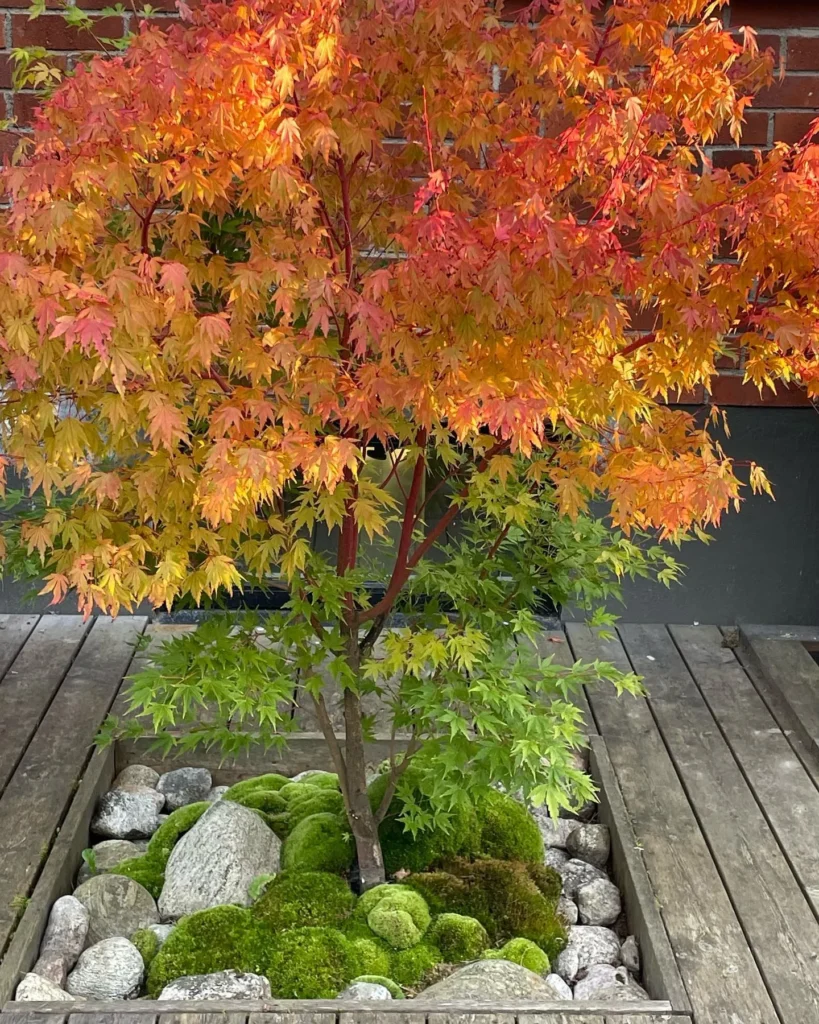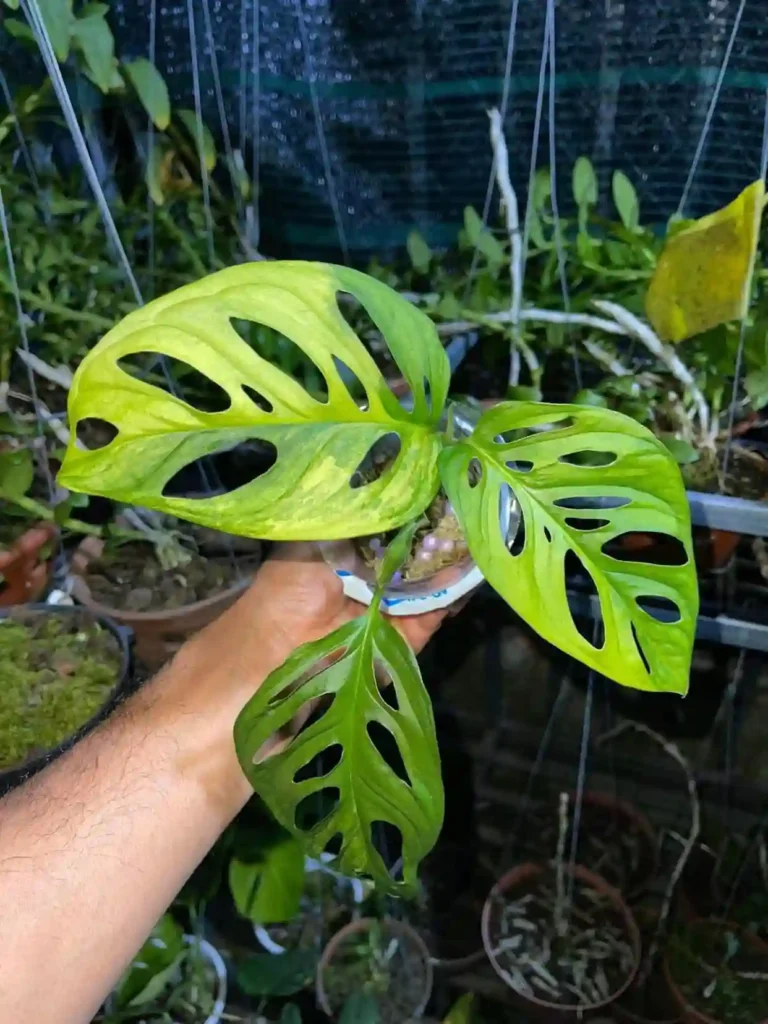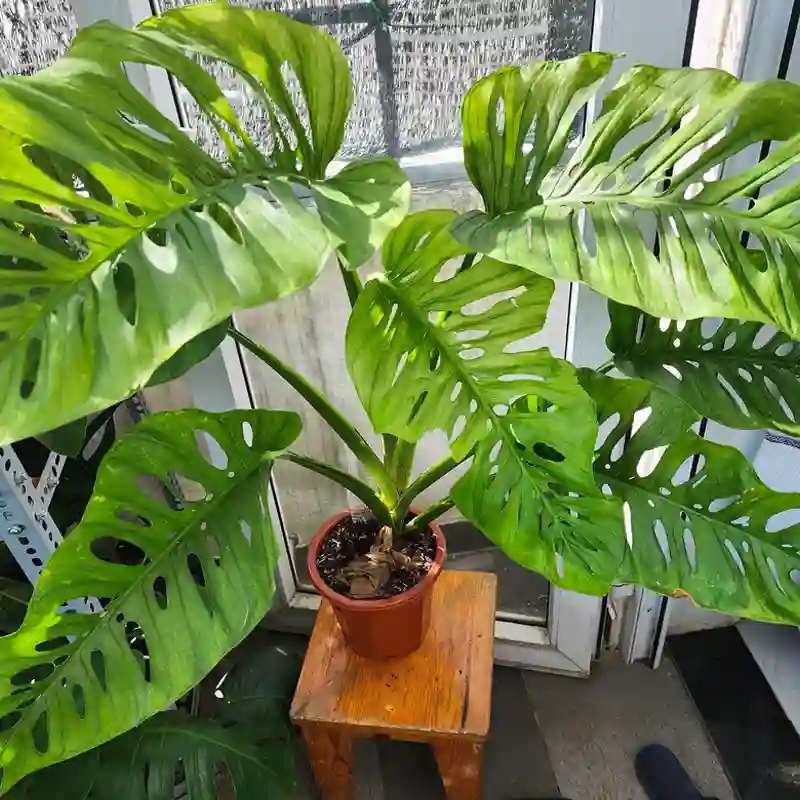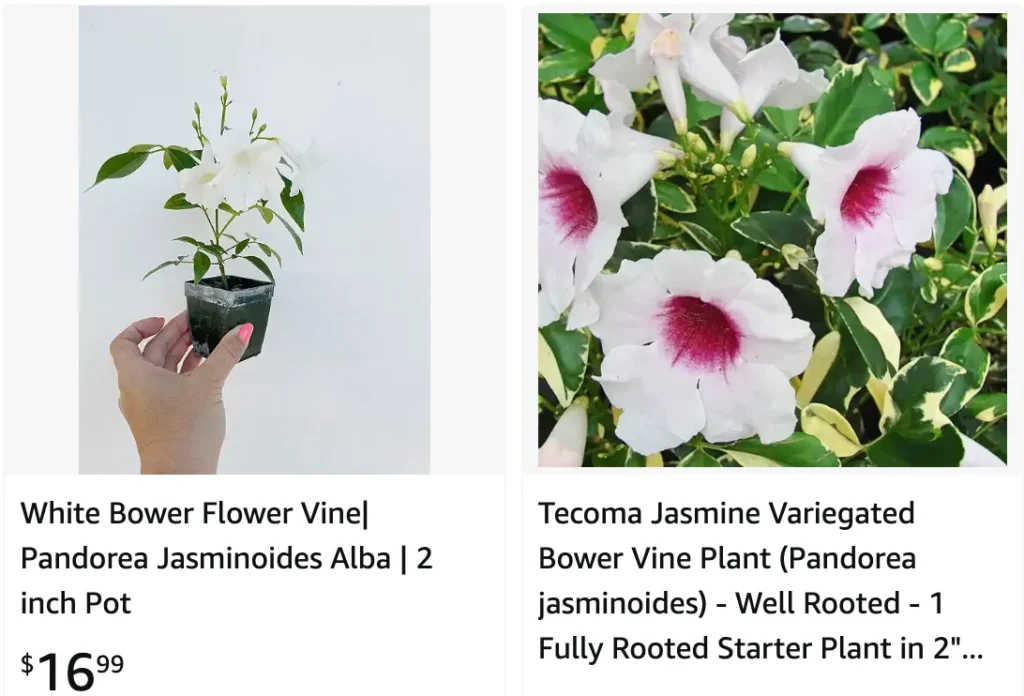
Is Pandorea jasminoides poisonous?
Pandorea jasminoides, or bower vine, isn’t something I usually worry about being poisonous. From what I understand, it’s not considered highly toxic to humans. I remember seeing its beautiful, trumpet-shaped flowers and thinking about adding it to my garden. I did some research and found out that while it’s generally safe, it’s always a good idea to handle any plant with care and keep it out of reach of small children just to be cautious.
9 Species in Genus Pandorea
Is Pandorea jasminoides poisonous to dogs?
When it comes to dogs, I was initially concerned about Pandorea jasminoides because my pup loves to explore the garden and nibble on plants. Fortunately, from what I’ve gathered, this plant isn’t known to be particularly harmful to dogs. However, since many plants can cause digestive upset or other mild symptoms if ingested in large amounts, I still keep an eye on my dog and try to discourage any snacking on the garden flora, just to be safe.
How to care for Pandorea jasminoides?
Here’s a helpful guide on caring for your Pandorea jasminoides and ensure it thrives with beautiful blooms:
Planting and Location:
- Planting Time: The best time to plant your Pandorea jasminoides is in spring or early summer after the danger of frost has passed.
- Sunlight: Choose a location that receives full sun, ideally at least 6-8 hours of direct sunlight daily. Pandorea jasminoides thrives in warm temperatures.
- Soil: Ensure the planting site has well-draining soil. Amending the soil with some compost or organic matter before planting can improve drainage and provide initial nutrients.
- Support Structure: Pandorea jasminoides is a vigorous vine and will require some form of support to climb and showcase its blooms. You can install a trellis, fence, or other climbing structure near the planting site.
Watering:
- Regular Watering: Water your Pandorea jasminoides regularly, especially during hot weather and the first growing season. Aim to keep the soil consistently moist but not soggy.
- Established Plants: Once established, Pandorea jasminoides is moderately drought tolerant. However, during prolonged dry periods, supplemental watering may be needed.
Fertilizing:
- Feeding for Blooms: For best flowering, feed your Pandorea jasminoides monthly during the growing season (spring and summer) with a balanced liquid fertilizer diluted to half strength.
- Avoid Overfertilizing: Avoid overfertilizing, which can promote excessive foliage growth at the expense of flowers.
Pruning:
- Encourage Bushier Growth: Prune your Pandorea jasminoides after flowering has finished in autumn or early winter. This will encourage bushier growth and stimulate more flowers for the following season.
- Remove Dead or Diseased Growth: You can also prune to remove any dead, diseased, or unwanted growth throughout the year.
Winter Care:
- Cold Tolerance: Pandorea jasminoides is generally cold tolerant down to around -5°C (23°F). However, in colder climates, you can protect the roots with a layer of mulch around the base of the plant in late fall before the first frost.
Additional Tips:
- Deadheading: Deadheading spent flowers throughout the blooming season can encourage continued flowering and maintain a tidy appearance.
- Pests and Diseases: Pandorea jasminoides is generally pest and disease resistant. However, watch out for aphids, scale insects, or fungal diseases. Treat them with insecticidal soap, neem oil, or a fungicide if necessary.
How to propagate Pandorea jasminoides?
Propagating Pandorea jasminoides has been quite fun. I usually take semi-hardwood cuttings in late summer or early autumn. After cutting, I dip them in rooting hormone to give them a good start, then plant them in a pot with a mix of peat and sand. Keeping the cuttings moist and warm is key, so I cover the pot with a plastic bag to maintain humidity. It takes a few weeks, but once I see new growth, I know they’ve rooted, and I can start thinking about where to plant them next.
If i die, water my plants!
